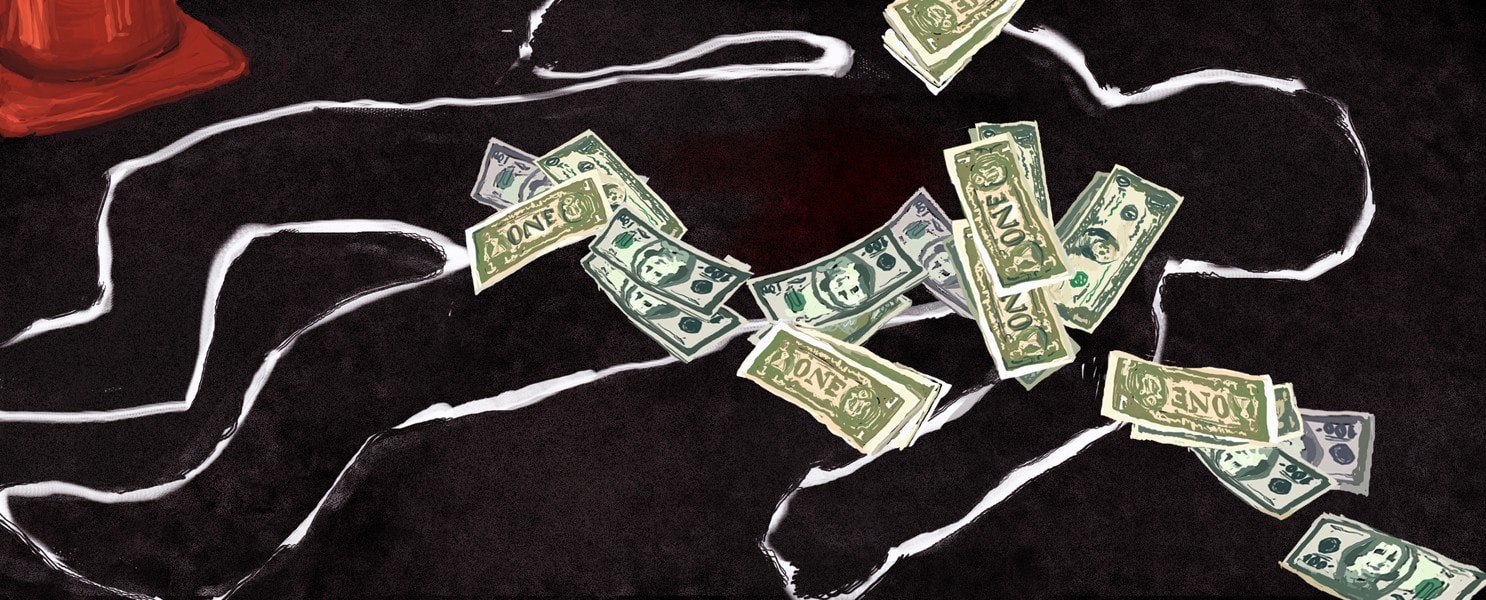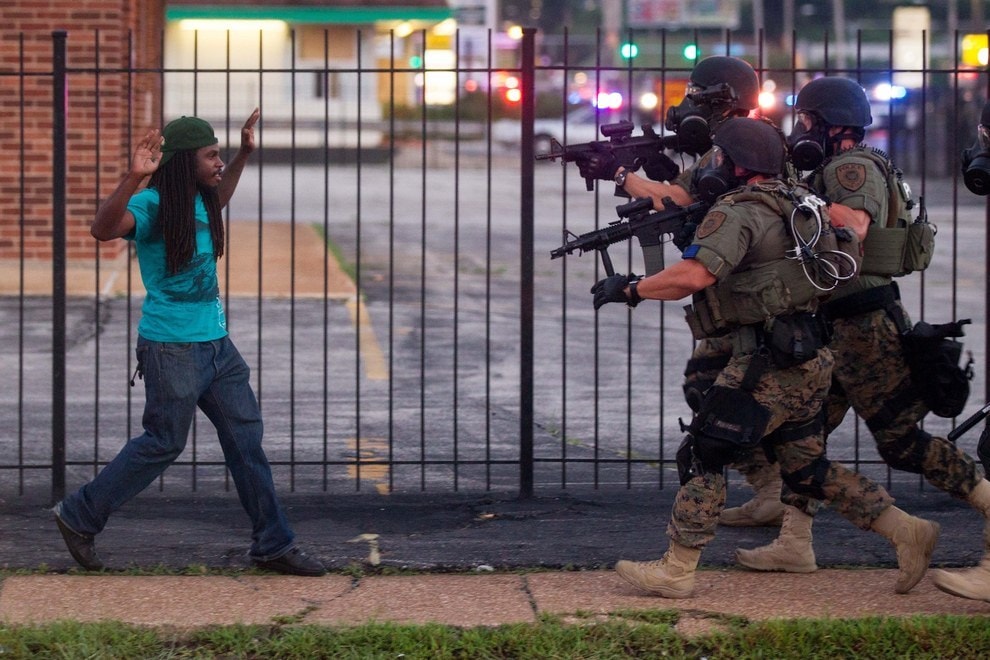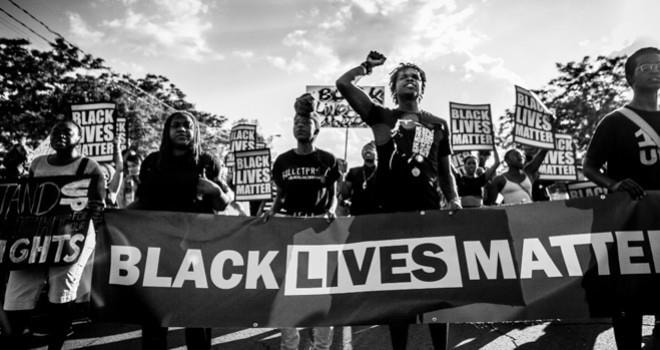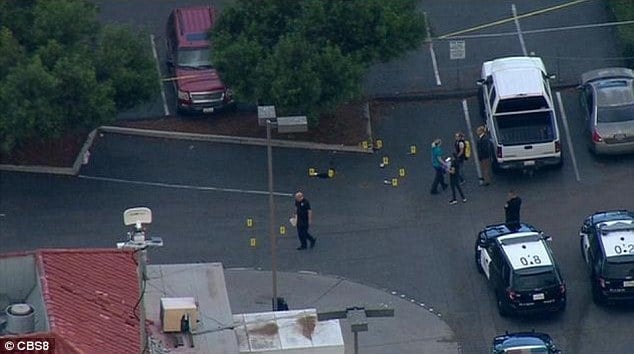What is the value of a person after death in America?
According to US courts, some deaths are "worth more" than others.
 |
In America, there is an unwritten rule that people understand: human worth varies enormously. In Los Angeles alone, some families are compensated more for the loss of a loved one than others.
"If you can prove how affectionate the family was, how caring and attentive the parents were to their children, or how often the husband remembered his wife's anniversaries and birthdays...all of these things affect the compensation you receive," said Luis Carillo, a lawyer with more than 40 years of experience in police shooting cases.
Carillo recently handled the case of Sergio Navas, 35, who was shot and killed by police as he got out of his car. The officer said he feared being attacked by surprise. After the police proved that the act did not constitute a crime, Carillo brought the case for violating the rules of contact and handling of suspects. Based on that, the Navas family requested $10 million in compensation, but received only $2.5 million when the trial ended in December 2016.
 |
Carillo declined to elaborate on the disparity, pointing out that the payouts are higher if the police are convicted of a crime, but that is extremely rare. A case in point is Brandon Glenn, a homeless man who was shot to death in May 2015. Glenn’s family received $4 million. But those amounts are still considered high, given that the average person receives a maximum of $1.2 million.
In 2011, the Environmental Protection Agency estimated that a human being is worth $9.1 million. The Food and Drug Administration estimated that it was worth $7.9 million, while the Department of Transportation had just $6 million. The calculation is based on the cost and value of an individual from birth to death. So age and income play a significant role in determining the value of a person’s death for compensation.
 |
| Wrongful death cases often involve victims of color or Latin American descent. |
Beyond the obvious, juries often make judgments based on emotion. In a 2014 case, Carillo heard them say, after viewing full-body photos of the victim, “If I had known he had so many tattoos, I wouldn’t have offered so much.” Fortunately, the judge forbade the release of the photos during the trial.
And so it is up to lawyers like Carillo to paint a picture of the victim’s life, the immeasurable emotional toll, to convince a judge. But he notes that, no matter how large, those sums cannot patch the larger hole: the officers’ actions are not seen as a sign of systemic failure.
 |
| Scene of a shooting. |
As a result, these lawsuits are increasingly eroding the budget. Los Angeles recently had to borrow $70 million to cover a total of $135 million in damages. The unjustified attack and shooting of unarmed victims not only causes financial losses but also reminds officials of the culture of "enthusiastic" violence that leads to wrongful death.
According to Dan Viet
| RELATED NEWS |
|---|

